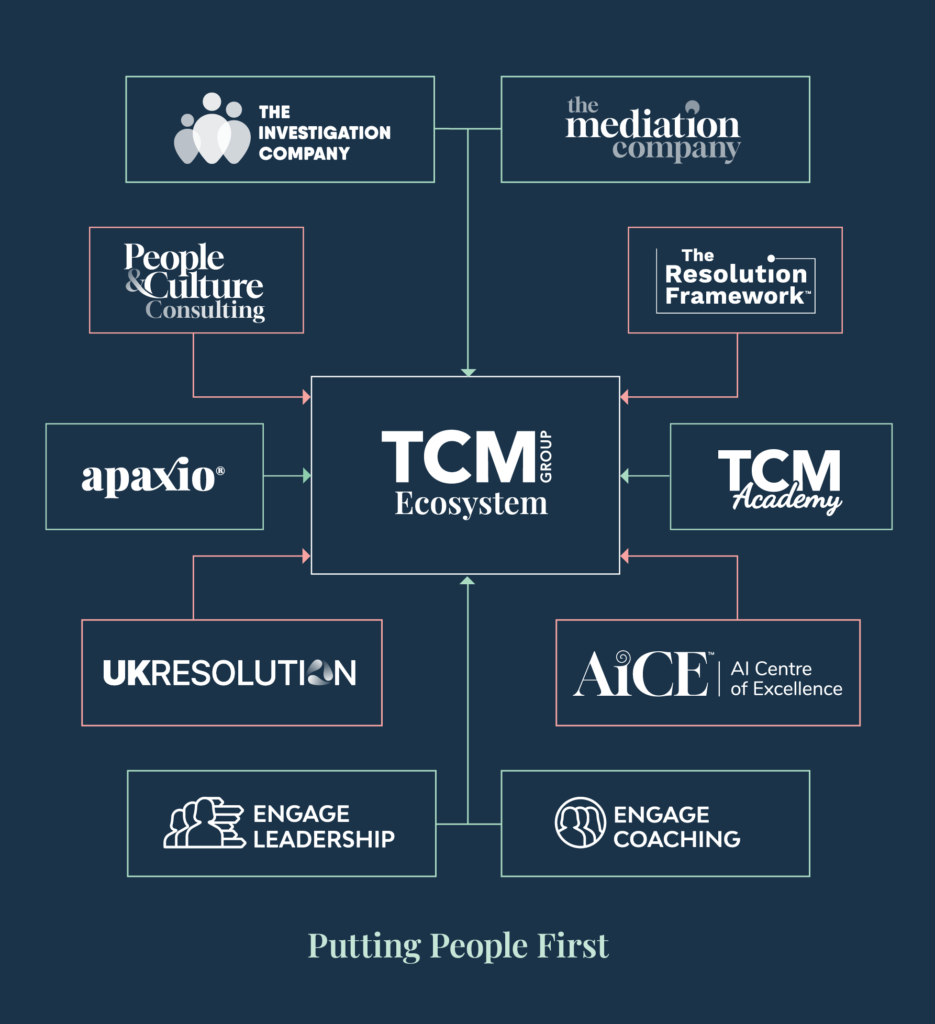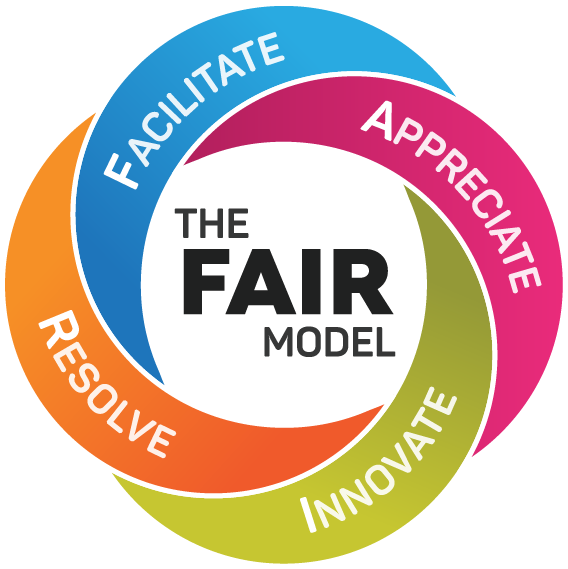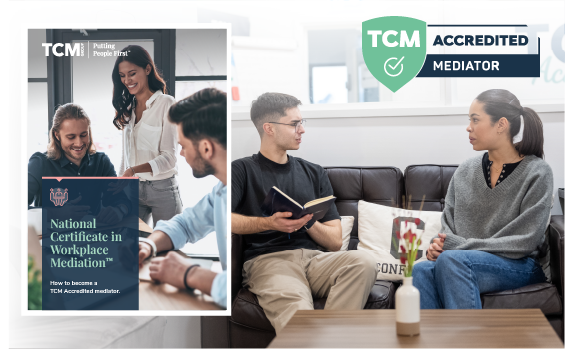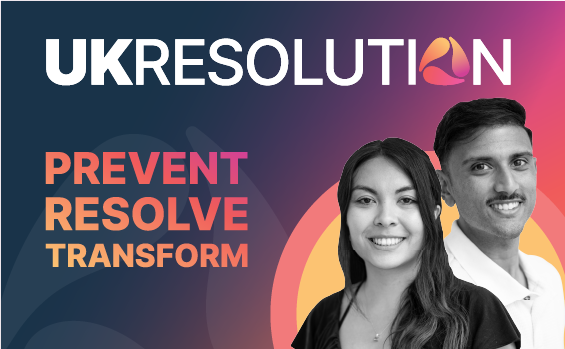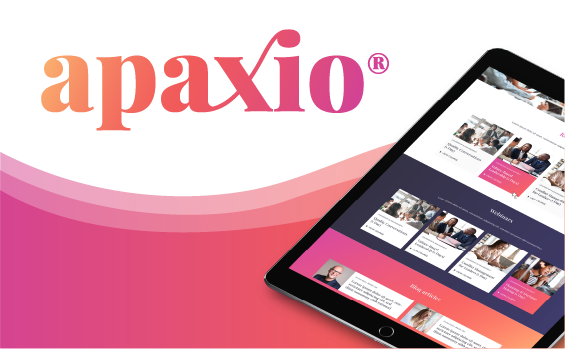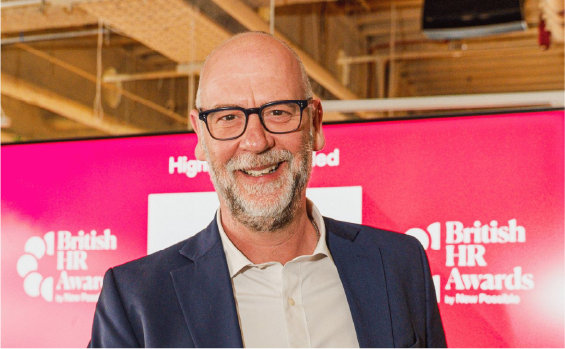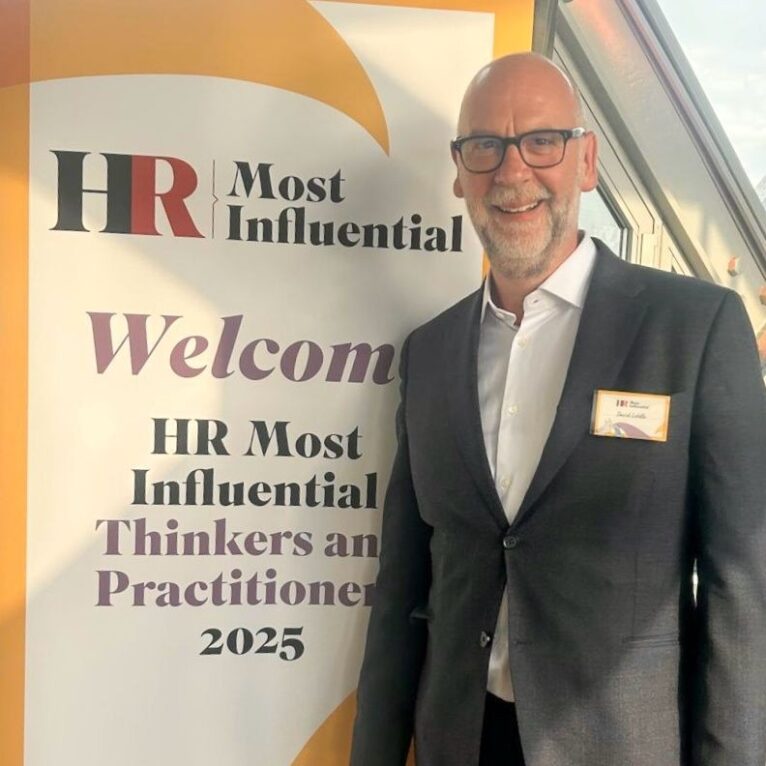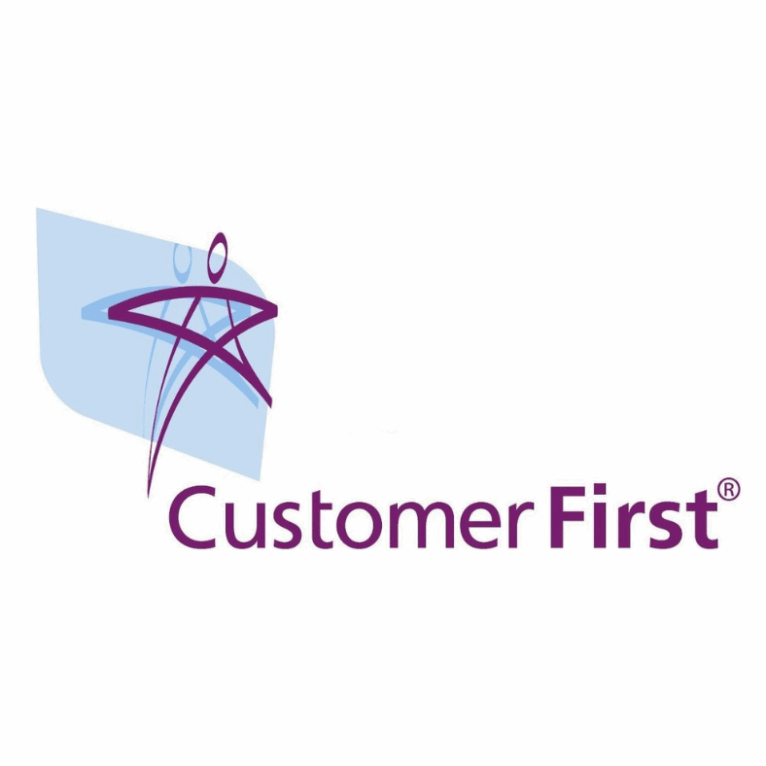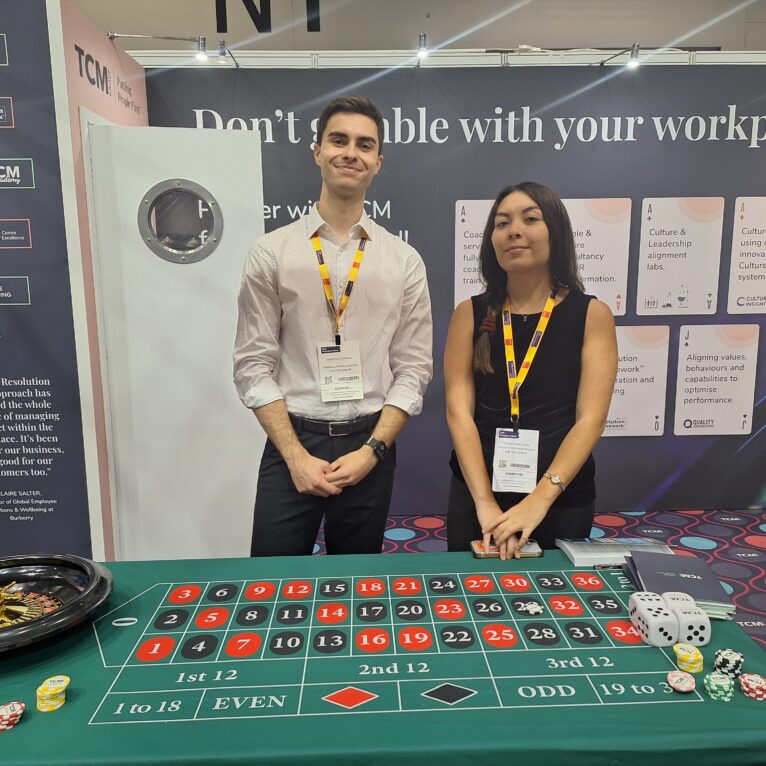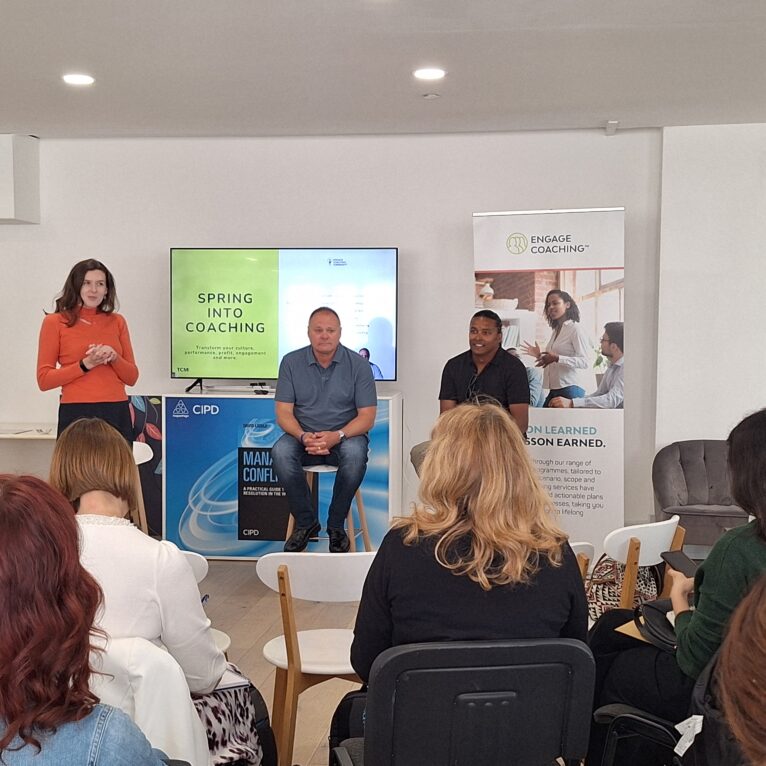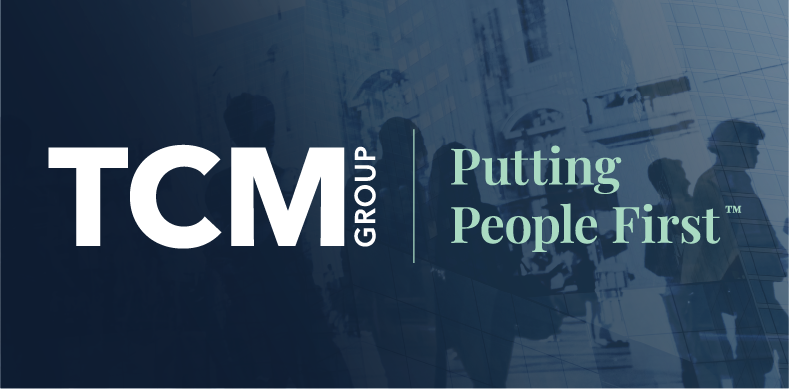
Share article:
Tags:
Wellbeing programmes and conversations around mental health are becoming par for the course in organisations these days. Office meditation sessions, discounts to gyms, days off for self-care. All of these are wonderful signs of progress but what if it’s the workplace itself putting the strain on mental health?
Plus, feel-good initiatives without a healthy and transparent culture to support them may risk alienating employees who recognise them as avoidant plasters against much deeper issues. Employees can take the edge off stress with a walking meeting but what about the onerous disciplinary policies hanging over their heads and the fact that they hate their boss?
At TCM we believe a transformational culture is the key to happy, healthy, harmonious, and high-achieving workplaces for both employees and employers. The central element to creating a transformational culture is what we call the Eight Enablers Model.

In this article, TCM Group CEO David Liddle explores the 6th Enabler, Employee Wellbeing, Engagement, and Inclusion and its role in creating a fair, just, inclusive, sustainable, and high performance culture within organisations.
Employee wellbeing, engagement, and inclusion are now so interwoven and so interconnected, that we believe they should be considered as a single discipline. These three elements are central to overall Employee Experience (EX) and as a result they hold the key to delivering great Customer Experience (CX).
I have worked in the areas of wellbeing, engagement, and inclusion all my life. I have seen policies, strategies and programmes come and go, yet the issues of delivering a happy, healthy, and harmonious workforce still eludes a great many organizations. The questions I keep coming back to are a) why is this? and b) what can be done about it?
Why do organisations struggle with employee wellbeing?
My first observation is that the issue of managing conflict in our organizations is routinely ignored as a major antecedent to low engagement, poor mental health, and exclusion. Whenever I work with conflicts, whether that is an inter-personal level or a whole systems strategic level, I am shocked, dismayed and saddened by how little emphasis is placed on this subject. I have seen better strategies for ordering paperclips, than I have for managing conflict at work. The evidence-base is threadbare and leaders, HR and managers skirt around the issue and never quite recognise it for what it is – a highly destabilising function in our organizations. Destabilising, that is, until it is managed effectively. At which point it can become incredibly powerful and a potent driver of individual, team, and organizational effectiveness.
I will not flinch from asking the tough questions and I will call out the elephants in the room. One of those elephants is that the systematic failure by a great many organizations to treat conflict as a strategic priority, is a direct cause of low engagement, poor mental health, and exclusion at work. Engagement programmes, wellbeing initiatives, HR procedures, and zero tolerance policies will not work until the issue of how we handle differences, disputes and dissent effectively is resolved. The irony is that the common disciplinary processes and the initiatives that that our organizations deploy also exacerbate the stress, worsen the fear, and deepen the anxiety.
Solutions: getting to the root of the issue
It seems that the harder organizations try, the worse it gets. That is often because the organization does not deal with the root cause of the issue, they only deal with the symptoms. The smart organizations are recognising this and they are doing something about it. They are ditching their retributive and divisive policies, they are opening channels of communication, they are training managers to spot and resolve issues, and they are creating safe spaces for people to engage in adult to adult dialogue.
To have a healthy workplace, to feel engaged and to be included are basic human needs; we do not need ever more complex and extravagant initiatives to meet these human needs. What we need to do is go back to basics: listen, be compassionate, show empathy, engage, understand, and resolve. That means stripping back the complexity, reducing the bureaucracy, and putting our people and our values first.
Our efforts to resolve stubbornly low employee engagement levels, reduce the persistently high productivity deficit and the maintain good physical and mental health, can be achieved more easily and more quickly if organizations considered the three elements of wellbeing, engagement, and inclusion (WEI) as a single, interconnected discipline.
Conflict resolution specialist, mental health expert and award winning mediator, Marie Coombes, agrees. She explains: “Conflict resolution and wellbeing, engagement and inclusion (WEI) are inextricably linked. In every case I have dealt with, WEI is damaged due to how conflict has been handled, with the most significant impact often on an employee’s psychological safety. I have listened to employees say how fearful they are of making a mistake at work. Others have said they do not dare to share ideas or opinions as they believe this will damage relationships, resulting in them no longer feeling they belong. Processes such as mediation, allow these issues to be raised in a psychologically safe space. Following mediation, what I am told is that the restoration of mutual respect and trust enables them to productively re-engage with their employer and their team.”
Stress and anxiety are major issues which can be resolved by implementing a transformational culture and by aligning wellbeing, engagement, and inclusion. Research shows that stress is the number one cause of long-term absence, with average absences due to stress lasting 21 days according to CIPD research. The research also links stress to higher risk of accidents. My experience has lead me to conclude that the root cause of these issues can be resolved when an organization creates a fair, just, inclusive, sustainable, and high performing culture. Where team climate and organizational culture are in flow, where dialogue has primacy, and where the purpose of the organization, its values and its behaviours are fully aligned.
When we offer new initiatives for wellbeing and worklife balance in this context, it resonates with employees because it matches with the everyday context and values that they experience in their workplace.
To learn more about the Transformational Culture model and creating healthy workplaces, check out our People & Culture services.
